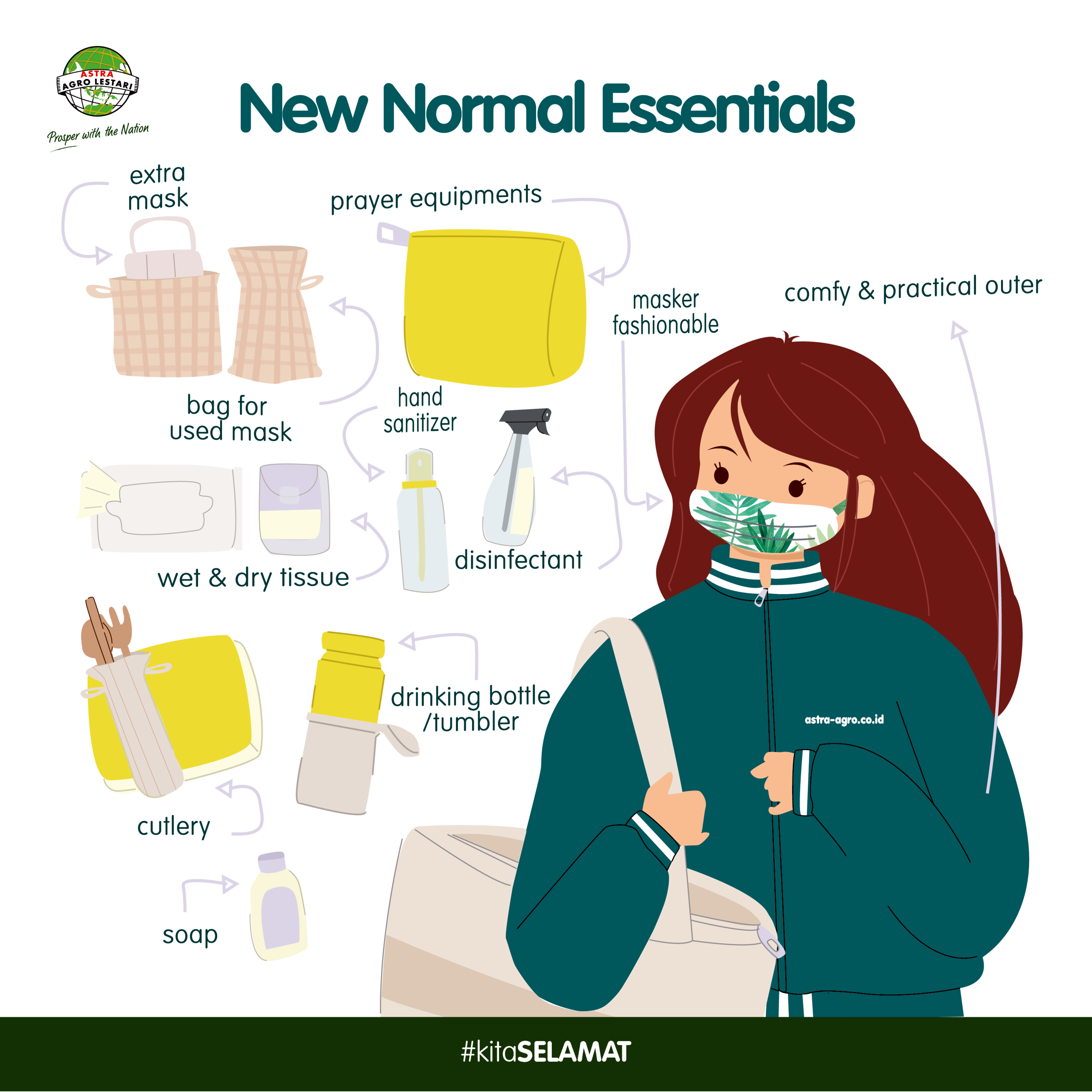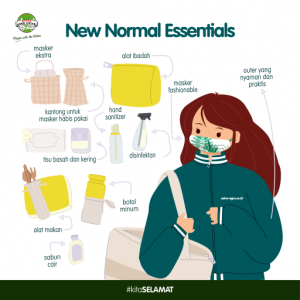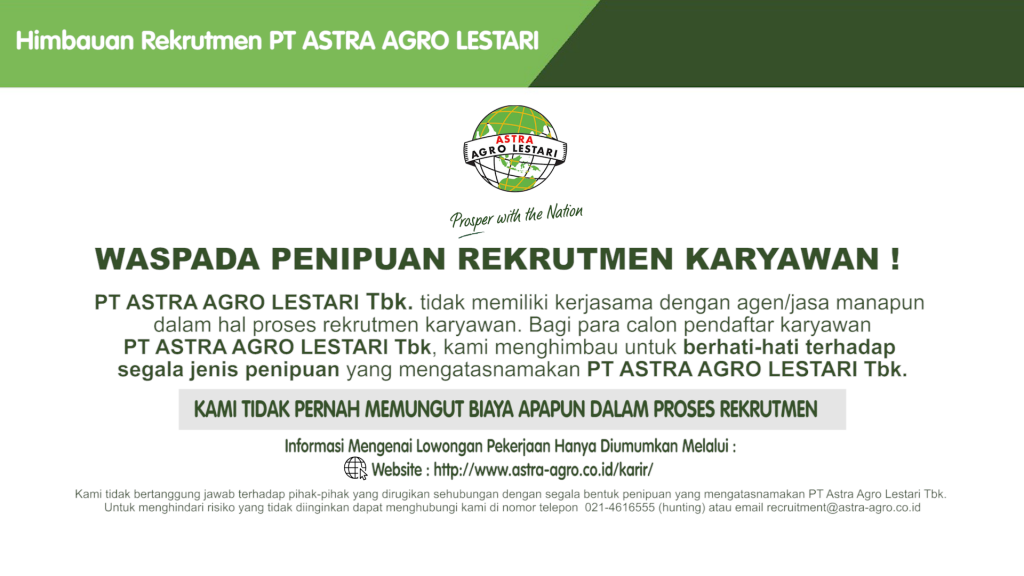We have completed the identification of HCV areas across all subsidiaries following the 2012 guidelines for the identification of High Conservation Value Areas in Indonesia. Since then, the monitoring and management has been conducted to ensure the protection of biodiversity and the surrounding environment.
In updating the current HCV approach, the Company adheres to the HCV Network‘s general guidelines for HCV identification, as well as their management and monitoring, to ensure that the management of HCV areas is in line with international best practices and in accordance with the applicable laws and regulations regarding sustainability. We will collaborate with a wider range of stakeholders by integrating the landscape context to identify and engage experts. The progress of the HCV assessment update process will be reported periodically in quarterly sustainability progress reports.







